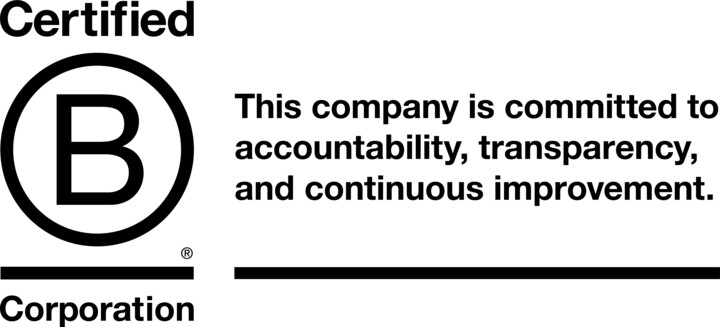What is building performance?
We wrote a post about green building a few months ago and it was one of our most popular posts to date. In the post we acknowledged that ‘green building’ may be a buzzword but it’s a useful one that we should embrace. In it we defined what green building means to us.
Similarly, I realized that building performance is another one of those misunderstood terms. Building performance isn’t a buzzword, and probably never will be. It’s a term building nerds use, also want our clients to use it.
We define building performance as a comprehensive, whole house approach to identifying and addressing the efficiency, durability, comfort and indoor air quality of a building. Simply put, building performance measures make houses work better. Below is a list of building performance measures we use on nearly every job and why they make houses work better.
Our favorite building performance measures
- Air sealing- The most cost effective measure and often the first step in increasing building performance. Air sealing involves filling any cracks or gaps in a buildings envelope, thereby reducing airflow from the interior of the home to the exterior. It protects indoor air quality, helps prevent moisture and mold issues, and reduces heat loss and drafts.
- Insulation- Another highly cost effective measure, insulation eliminates cold spots and moderates the overall temperature of the home. The amount and type of insulation we use is highly dependent on the building we are working on, but our standard practice is to maximize available space.
- Heating and ventilation- High quality, quiet ventilation reduces mold and moisture as well as increases comfort. Additionally, having the right heating system for a home will increase energy efficiency.
- Weather resistive membrane- A layer of either building paper or house wrap that is installed between the framing material and siding. This membrane forms a backup drainage plane for water that makes it past the siding.
- Rainscreens- A rainscreen help walls manage moisture by creating a gap between the sheathing and siding, allowing the wall system to dry, eliminating water intrusion. This detail dramatically improves the durability of the siding material, paint and the house entire home.
Aside from making homes work better building performance can help folks dramatically reduce their carbon footprint. When houses work better they use less energy. They work better because they are more comfortable, durable, efficient and healthy. These changes are good for the home while also being better for the planet. Sounds like a win-win to me!




 by Intellitonic
by Intellitonic